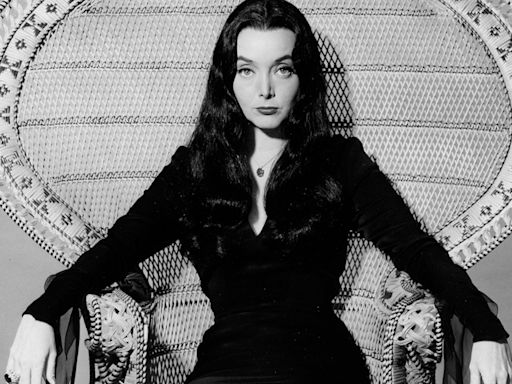Search results
People also ask
Is the man who would be king based on a true story?
Who was the man who would be king?
Who wrote the man who would be king?
Who starred in the man who would be king?
Who adapted 'the man who would be king'?
Is the man who would be king a good movie?
"The Man Who Would Be King" (1888) is a story by Rudyard Kipling about two British adventurers in British India who become kings of Kafiristan, a remote part of Afghanistan. The story was first published in The Phantom 'Rickshaw and Other Tales (1888); [1] it also appeared in Wee Willie Winkie and Other Child Stories (1895) and numerous later ...
- Rudyard Rudyard Kipling
- 1888
4 days ago · Is “The Man Who Would Be King” a true story? No, the film is a work of fiction, although it is inspired by real historical events and Kipling’s experiences in British India. 6.
Queen Charlotte: The true story behind ‘Bridgerton’ and Charlotte’s marriage to King George
the “Great Experiment,” which is a major plot point in the show, never happened, according to. Where can I watch ‘Queen Charlotte: < ...
Deseret News
1 day ago
Carolyn Jones: 17 Facts About the Star of 'The Addams Family'
The same was true for everyone else on the show, but in addition, she had to have a smoldering ...
First for Women
4 days ago
Josiah Harlan, the first American to set foot in Afghanistan, would become the model for Kipling’s ‘The Man Who Would be King’, but the true story of his life is stranger than fiction. A soldier, spy, doctor, naturalist and writer, Harlan set off into the wilds of Central Asia after a failed love affair in 1820.
The Man Who Would Be King is a 1975 adventure film adapted from the 1888 Rudyard Kipling novella of the same name. It was adapted and directed by John Huston and starred Sean Connery, Michael Caine, Saeed Jaffrey and Christopher Plummer as Kipling (giving a name to the novella's anonymous narrator).
Apr 4, 2004 · A fascinating bit of imperial history, The Man Who Would Be King traces the true story of Josiah Harlan, a Quaker from Pennsylvania, who in the 1820s journeyed to British India to make his fortune as a military surgeon. Harlan decided he wanted more, and became a self-made player in the Great Game, using his natural talents and self-taught ...
- (693)
- Paperback
Dec 19, 1975 · With Sean Connery, Michael Caine, Christopher Plummer, Saeed Jaffrey. In 1880s India, two former British soldiers decide to set themselves up as Kings in Kafiristan, a land where no white man has set foot since Alexander the Great.
The Man Who Would Be King, short story by Rudyard Kipling, first published in The Phantom Rickshaw, and Other Tales in 1888. The piece, which is narrated by a British journalist in India, is about a pair of comic adventurers who briefly establish themselves as godlike leaders of a native tribe in.


